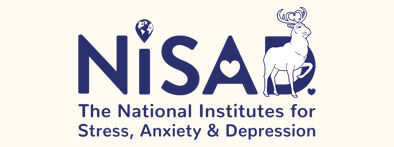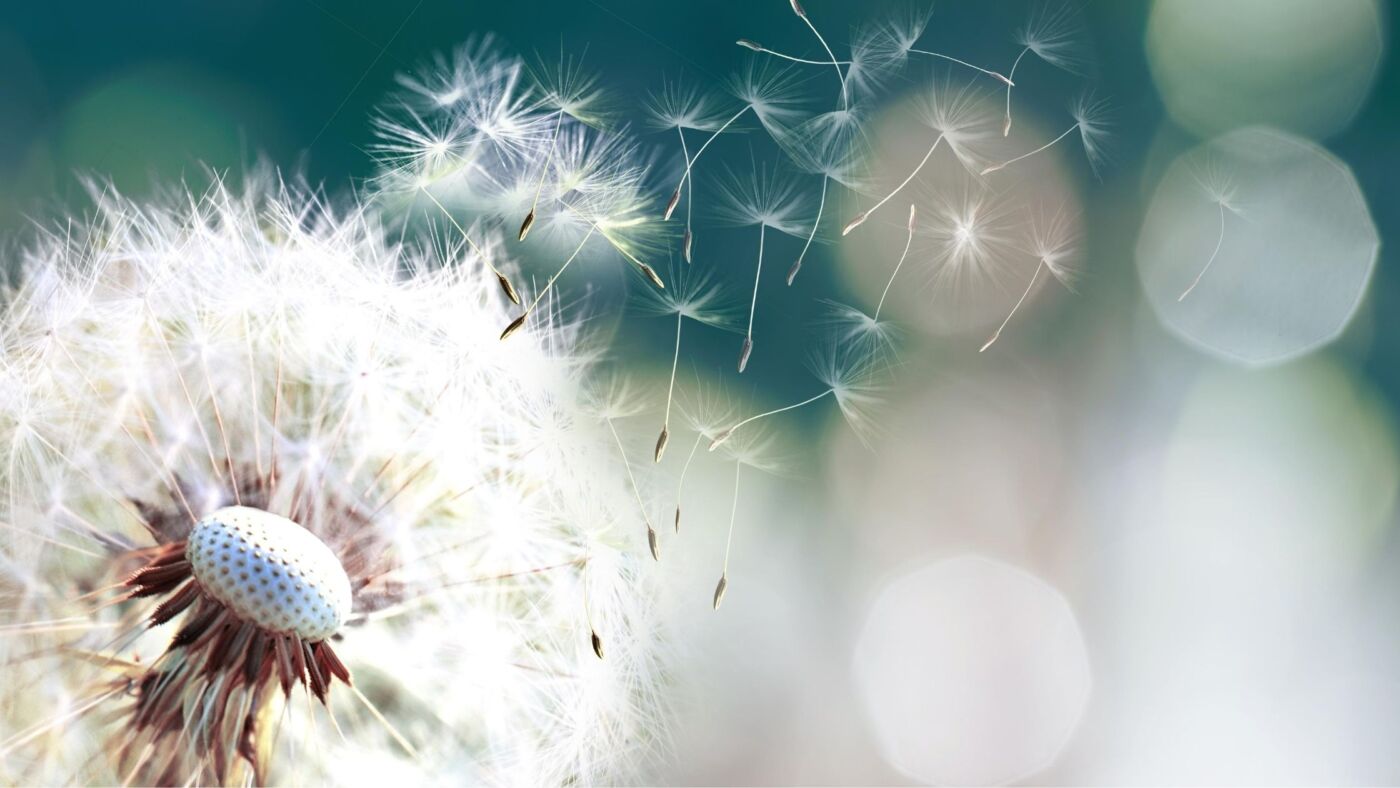As mindfulness teacher and psychologist, Professor Jon Kabat-Zinn says,
“As long as you are breathing, there is more right with you than there is wrong, no matter how ill or how hopeless you may feel.”
So, it’s rather obvious that we need the breath to stay alive (thank goodness this action is automatic and we don’t need to remember to breathe – how long would the human species have lasted if it wasn’t!?!).
But how else can the breath be a resource?
Have you ever noticed that when you’re upset or distressed in some way you sometimes take a big involuntary breath?
The science…
The Autonomic Nervous System (ANS) has two opposing functions in the body: one part of the ANS is activated as a response to stress or threat, the “fight or flight” mode, and another part turns off this stress response and turns on the “rest and digest” mode.
We can spend much of our modern lives with the stress response part of the ANS is turned on and this can have a really negative impact on our health and well-being.
This survival mechanism evolved in our ancestors to be turned on for brief periods of stress – like making the snap decision to run away from snuffling sounds at the back of a cave. It may be a rabbit or a bear making the noise – but the descendants of those that didn’t stick around to find out are still here!
We can learn to actively turn on the rest and digest mode of the ANS. This can reduce our levels of stress. Reduce our levels of anxiety and anger. We can slow down our heart rate and improve our health in many ways by spending more time in this resting and recuperating state. And one way we can do this is by breathing deeply…
How to do this:
Often when we’re stressed or upset we can forget to do the things that might help us, so spending some time practising this when we are not stressed will have health benefits and prime us to remember to use the breath like this in times of difficulty.
You can spend a few minutes doing this a day, perhaps when you first wake up or before you go to sleep, or you can take a few breaths like this in a moment of crisis.
Take a deep in-breath through your nose, hold it for a couple of seconds and then breathe out through your mouth.
As you breathe in it can help to imagine filling up your torso with the breath – start with the belly and then fill up all the way up to the top of the lungs until you can’t take any more air in. Pause. Then expel the air slowly through your mouth.
If you are doing this in a stressful situation you can breathe in and out slowly through your nose.
Keep breathing…
Here’s a mini breathing exercise that may be helpful:
Sit with your back upright, your feet flat on the floor and your eyes closed (if that’s comfortable for you) and take a deep in-breath through your nose, hold it for a couple of seconds and then breathe out slowly through your mouth.
Take another couple of breaths like this.
Now return to breathing normally.
Place a hand on your stomach or chest and see if you can pay attention to one full in-breath and one full out-breath. Noticing the rising and falling of your hand as you breathe in and out.
Can you pay attention to one more cycle of the breath in this way?
Perhaps you might notice how as you breathe in the air is cool and sharp and as you breathe out it’s more warm and fuzzy.
Your mind may drift from paying attention to the breath and get caught up in thoughts. That’s completely normal.
When you notice that your attention has wandered bring it back to the rising and falling of the in-breath and out-breath.
Counting the in-breath and out-breath can help to steady our attention on the breath – so saying silently to ourselves, “in-breath one, out-breath one.” And so on up to five full cycles of the breath.
Whenever you get pulled away by thinking, it’s easy for the mind to get distracted, nothing’s gone wrong just see if you can gently refocus on the sensations of breathing.
See if you can bring all of your attention to one more breath in this way.
Now get a sense of the whole body just sitting here just breathing.
When you’re ready, open your eyes, notice your surroundings and take one last deep breath in through the nose and breathe slowly out through the mouth before continuing with your day (taking deep breaths activates the part of the nervous system responsible for calming and resting).
Taking a minute to pause like this can give us an opportunity to get some perspective and centre ourselves. To notice what’s going on for us and how we might need to look after ourselves
Keep breathing…



